The world's inequality laid bare in 19 shocking statistics
Jaw-dropping facts about global inequality

Inequality has long been at the forefront of global debates. According to recent research by the World Economic Forum, there’s no general trend toward higher inequality across the world: it’s risen in some countries and fallen in others over the past 25 years. However, when looking at population size, the weighted average of the Gini index, a scale used to measure inequality, increased by four percentage points, indicating increased inequality overall. We’ve rounded up some of the most jaw-dropping statistics about global inequality – click or scroll through to see them.
The top 1% have more than twice as much wealth as 6.9 billion people

A stark picture of global economic inequality can be painted with one statistic – the fact that the world’s richest 1% have more than twice as much wealth as 6.9 billion people. That's according to an Oxfam report titled Time to Care, published in January 2020. The amount you’d need to join the top 1% is less than you’d think: according to Credit Suisse’s Global Wealth Report, an annual income of $32,000 (£24,670) would put you in the top percentile.
Billionaires have more wealth between them than 60% of the world’s population

If you'd saved $10,000 a day since 2500 BC you'd still only have a fifth of the wealth of today's five richest people

To put that into perspective, the Oxfam report claims that if you saved $10,000 (£7.8k) a day every day since 2500 BC (the time of the Egyptian pharaohs) you would have only a fifth of the average fortune of today's five richest billionaires. While this calculation doesn't take interest or inflation into account, it's still a staggering statistic.
Almost half the world is living on less than $5.50 (£4.30) a day
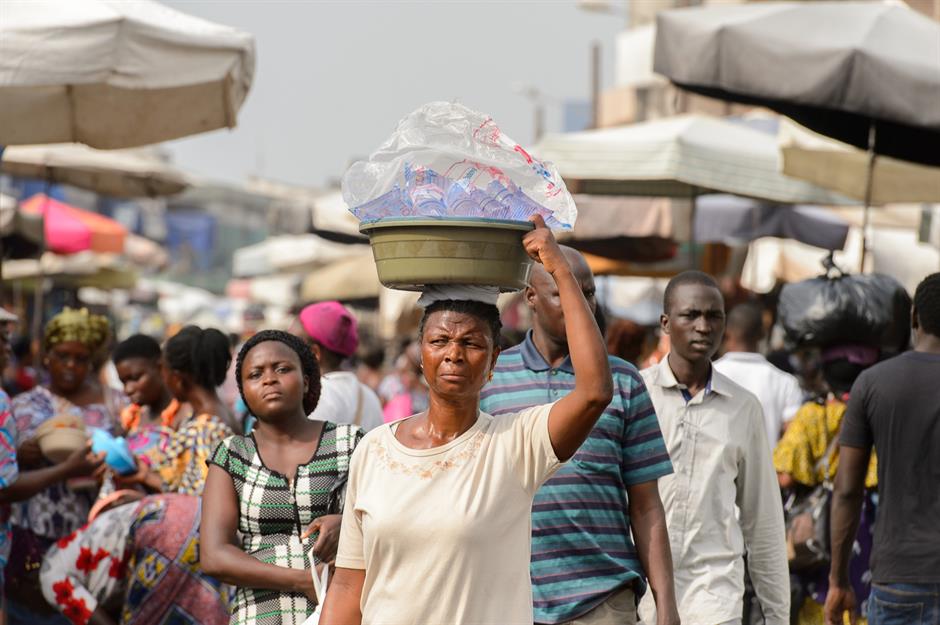
At the opposite end of the spectrum, almost half of the global population is living on less than $5.50 (£4.30) a day, according to the Oxfam report. Countries with the lowest annual median household income are Togo at $571 (£440), Burundi at $673 (£520) and Liberia at $781 (£600), while those with the highest are Luxembourg with $52,493 (£40.7k), Norway with $51,489 (£40k) and Sweden with $50,514 (£39.2k) according to the World Population Review.
Only 4% of global tax revenue comes from wealth

Taxes could be making things worse. Globally, only 4 cents in every dollar of tax revenue comes from taxes on wealth. If we taxed an additional 0.5% of the wealth of the richest 1% over the next 10 years, this would be equal to the investments needed to create 117 million jobs in education, health and elderly care and other sectors, and to close care deficits, says Oxfam. Protest groups such as the Gilets Jaunes (pictured) in Paris have drawn attention to the issue of taxation, arguing that French taxes hit the poorest members of society the hardest.
The typical home in Hong Kong costs more than 20 times the median salary
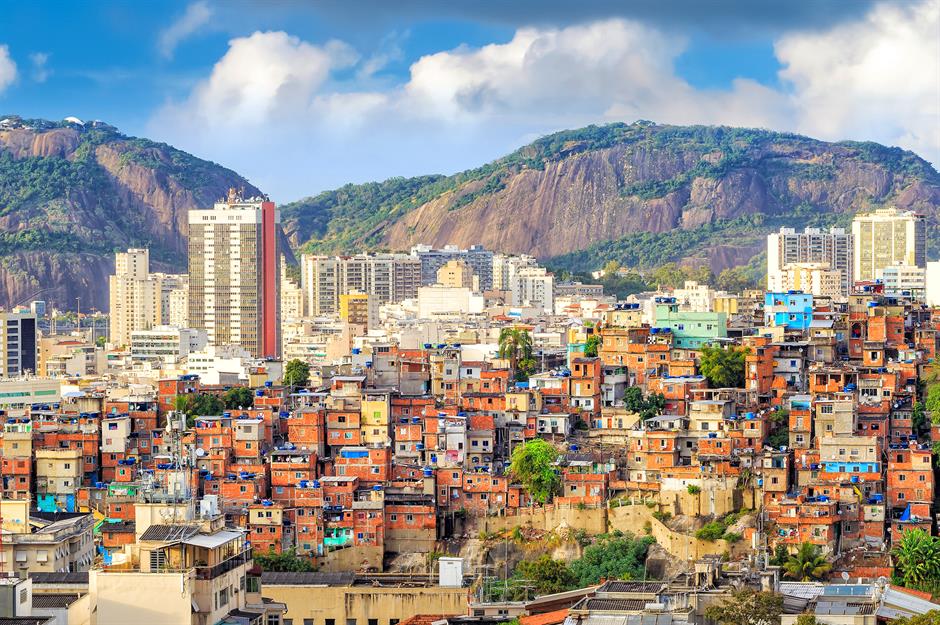
From Rio de Janeiro’s favelas to Hollywood’s mansions, difference in housing is a clear marker of global inequality. While there is little data available on global housing inequality, it’s clear that, in many countries, house prices are rising faster than incomes. Hong Kong is an extreme example. Here, the typical home costs more than 20 times the median salary and around 210,000 residents live in illegally subdivided apartments.
See what homes look like in the world's most expensive city on lovePROPERTY.com
Rich people are paying less than they used to for housing in LA, but poor people are paying more
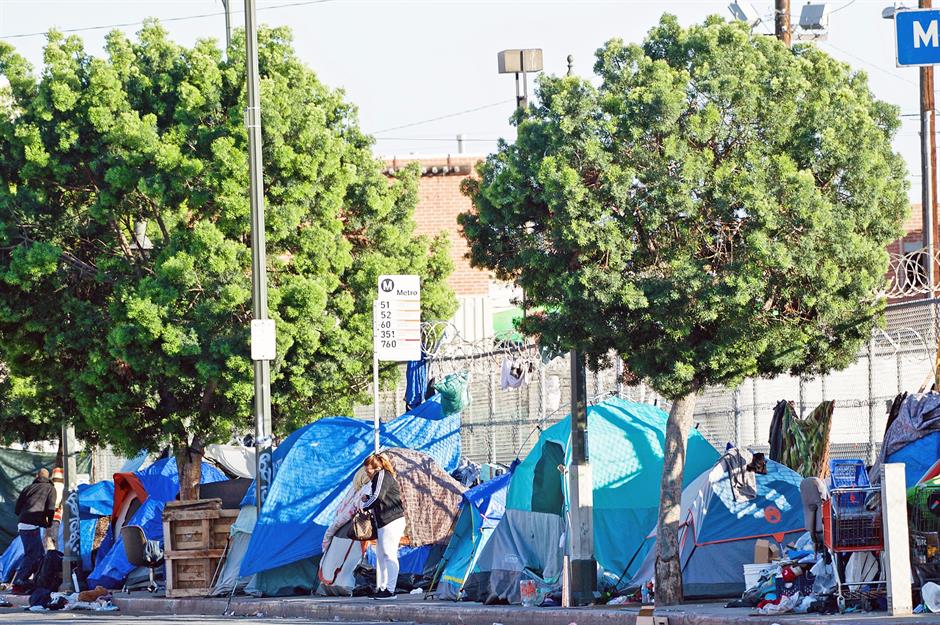
In Los Angeles, California, housing prices could even be exacerbating the gap between rich and poor, according to a recent study by renting platform ApartmentList. The research found that, while top-earning households in LA made 13.4 times more than the bottom earners in 2017, lower-income residents paid 14% more for housing than they did in 2008, while upper-income earners paid 2% less in the same period. Worse still, housing costs are 26% higher for the poorest quarter of households. This has widened the wealth gap and left some lower-income residents homeless.
Only 60% of children in parts of Africa complete elementary/primary school

Education undoubtedly plays a huge role in development, yet there’s a striking imbalance between countries. In Sub-Saharan Africa, on average just 60% of the population completes elementary/primary school, while in Central and Southern Asia that figure is 89% and in Europe and North America it’s 100%, according to statistics from the Global Education Monitoring Report.
And only 4% of people in parts of Africa go on to higher education

Men own 50% more of the world’s wealth than women

There's a staggering difference in how countries score for democracy

The Democracy Index, published by the Economist Intelligence Unit (EIU), measures democracy based on five categories: electoral progress and pluralism; civil liberties; the functioning of the government; political participation; and political culture. Countries are then ranked between 0-10, with a low score indicating an authoritarian regime and a high score indicating full democracy. According to the index, the worst-performing countries were North Korea (1.08), Congo (1.13) and Central African Republic (1.32), while the best were Norway (9.87), Iceland (9.58) and Sweden (9.39).
Take a deeper look at the world's least and most corrupt countries
The value of unpaid work is worth three times as much as the world's tech industry

Maternity pay is still well below normal pay in many countries

In developed countries, the gender gap is most evident when it comes to maternity and paternity leave. According to a study of MBA graduates from the University of Chicago, 40% of women experienced one or more career disruptions within 10 years of graduating, while the same was true for just 10% of men. In many OECD countries, maternity leave is offered at a lower rate of pay to normal salaries – or is unpaid.
More than 820 million people globally don’t have enough to eat

Access to enough healthy food is essential to a long life, yet more than 820 million people globally don’t have enough to eat, according to the Food and Agriculture Organization of the United Nations. At the other end of the spectrum, obesity is a global health crisis, with nearly two in five adults being overweight.
Life expectancy varies by up to 35 years around the world

Life expectancies vary dramatically across the globe and serve as an indicator of healthcare, nutrition, quality of life and other factors. According to the CIA World Factbook, Chad (50.6 years), Afghanistan (51.7) and Gabon (52.1) have the lowest life expectancies, while Monaco (89.4), Japan (85.3) and Singapore (85.2) have the highest. However, at a global level, life expectancy has increased by an average of 5.5 years between 2000 and 2016, from 66.5 to 72.0 years, according to the World Health Organization.
Every day 10,000 people die because they lack access to affordable healthcare

Globally 780 million people don’t have access to an improved water source
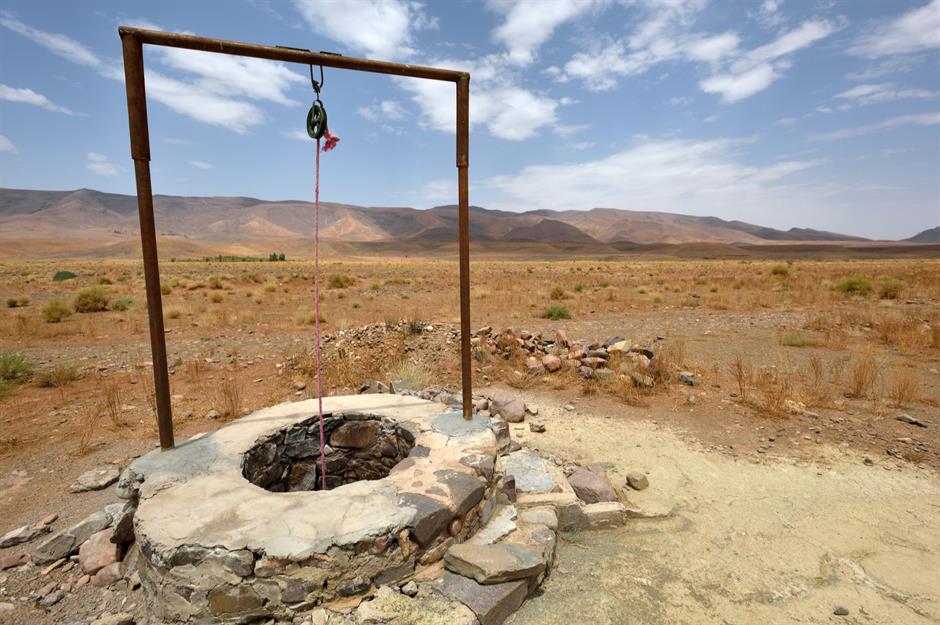
According to the World Health Organization, 780 million people worldwide do not have access to an improved water source, which is defined as a source that should provide safe drinking water. Improved water sources include piped household water, boreholes, protected dug wells, public standpipes, protected springs and rainwater collection. Unsafe drinking water sources are linked to a range of preventable diseases, including diarrheal diseases and neglected tropical diseases such as Guinea Worm Disease and Trachoma.
More than 35% of the world’s population lacks access to improved sanitation
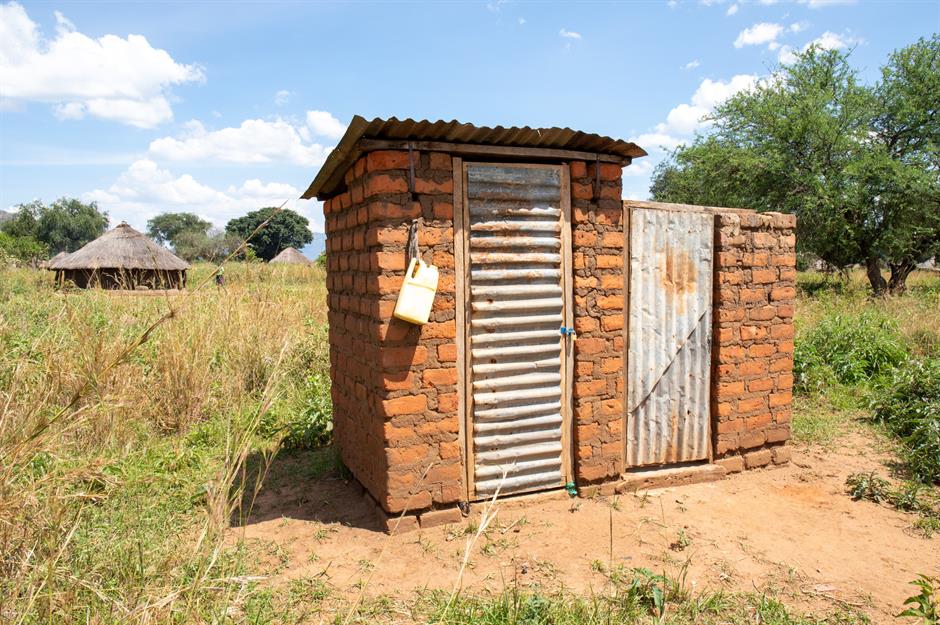
An estimated 2.5 billion people – more than 35% of the global population – lacks access to improved sanitation, according to CDC. This is defined as sanitation facilities which ensure the separation of human excreta from human contact and includes flushing toilets, ventilated improved pit latrines and composting toilets. Access is divided along rural and urban lines. In 2006, seven in 10 of those without access to improved sanitation lived in rural locations.
In 2018, 6.2 million children and adolescents died from largely preventable causes
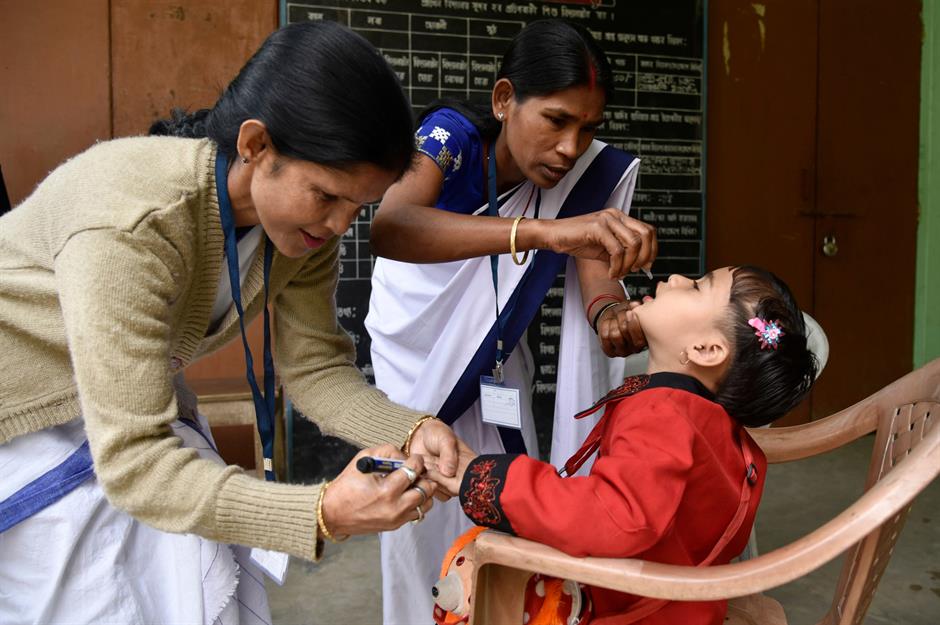
According to the World Health Organization, in 2018 an estimated 6.2 million children and adolescents under the age of 15 died, mostly from preventable causes. The global difference is pronounced: children in sub-Saharan Africa are more than 15 times more likely to die before the age of five than children in high-income countries. Prevention and treatment options for many of these diseases include immunisation, good nutrition and a safe water supply.
Now discover the world's most generous countries
Comments
Be the first to comment
Do you want to comment on this article? You need to be signed in for this feature
Most Popular
Features How Michael Jackson's children boost their bank balances